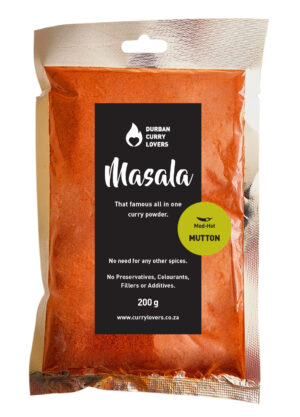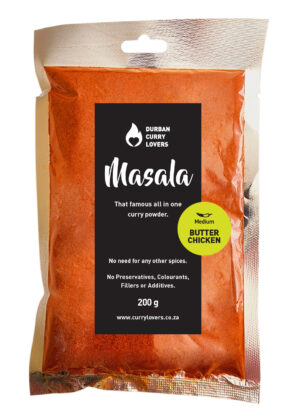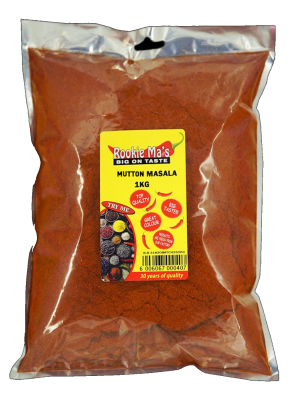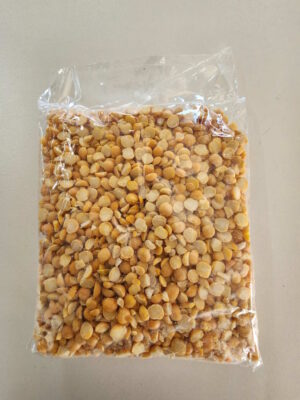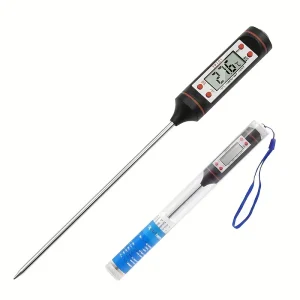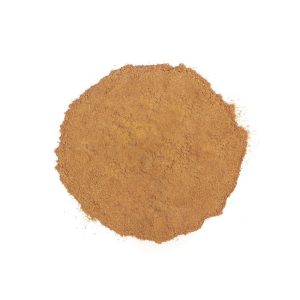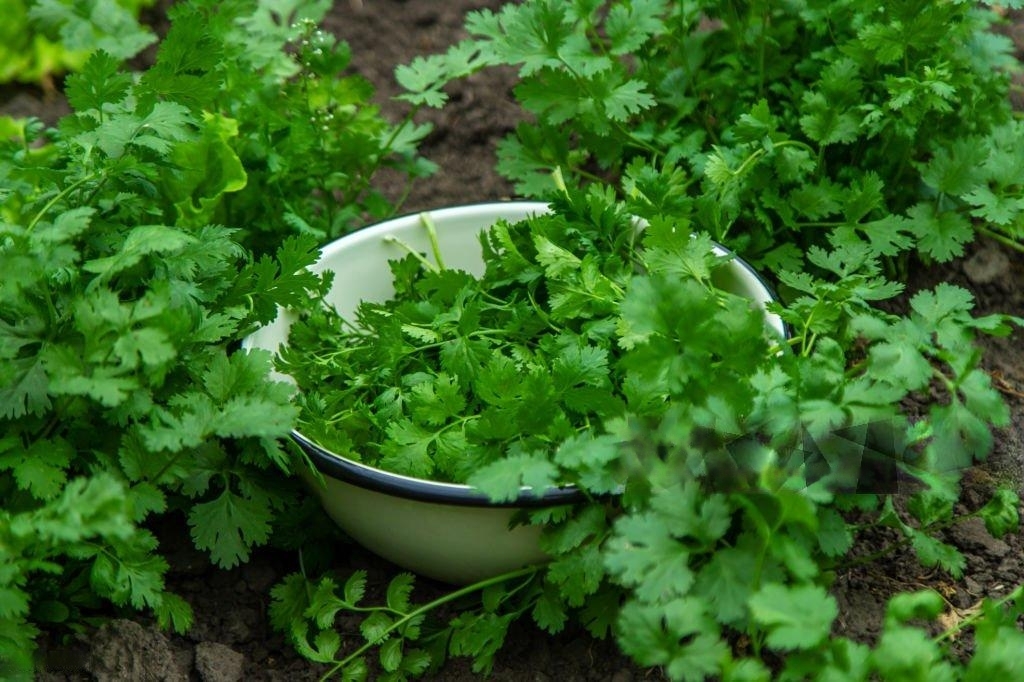
Supermarket bought dhania can never compare to home grown dhania. It will make a huge difference in the flavour of your curries, sambals and garnishing.
Remember, dhania is for more than garnish.
1. Choose the Right Time for Planting
- Best time to plant: Dhania prefers cooler temperatures, making autumn (March to May) and early spring (August to September) ideal times for planting in most parts of South Africa.
- Avoid hot summer months: In areas with extreme heat, dhania can bolt (go to seed) quickly, so avoid planting during mid-summer.
2. Select the Ideal Location
- Sunlight: Dhania needs plenty of sunlight but can tolerate partial shade. Choose a spot that gets around 4-6 hours of sunlight per day.
- Soil: Well-draining soil is crucial to prevent waterlogging. Dhania grows best in loamy or sandy soil with a pH between 6.2 and 6.8.
- Container gardening: If space is limited, dhania can also be grown in pots or containers, at least 15 cm deep to accommodate the roots.
3. Prepare the Soil
- Loosen the soil: Before planting, dig the soil to a depth of about 20-25 cm to loosen it and remove any weeds.
- Add compost: Mix in organic compost or well-rotted manure to improve soil fertility and drainage. This will give dhania a good start.
4. Planting the Seeds
- Soak seeds: For better germination, soak dhania seeds in water for 24 hours before planting.
- Planting depth: Sow seeds about 0.5-1 cm deep, as they need to be close to the surface to germinate.
- Spacing: Space seeds around 5-10 cm apart. This gives the plants enough room to grow without overcrowding.
- Water lightly: After planting, water gently to keep the soil moist without making it soggy.
5. Watering and Care
- Consistent moisture: Dhania needs regular watering, especially in drier regions. Ensure the soil remains moist but not waterlogged.
- Mulching: Use a thin layer of mulch like straw or dried leaves around the plants to retain moisture and keep weeds at bay.
- Fertilising: Feed dhania with a balanced liquid fertiliser every 2-3 weeks. Avoid over-fertilising, as this can cause rapid growth and early bolting.
6. Managing Pests and Diseases
- Aphids and whiteflies: Keep an eye out for common pests like aphids and whiteflies. Use organic insecticidal soap or neem oil to control them.
- Fungal issues: Ensure good air circulation around plants to prevent fungal problems, especially during humid conditions.
- Companion planting: Plant dhania with other herbs like basil or vegetables like tomatoes to help deter pests.
7. Harvesting
- Harvesting leaves: You can start harvesting dhania leaves once the plants reach around 15 cm in height, usually 3-4 weeks after sowing. Pick the outer leaves first to allow the inner ones to continue growing.
- Harvesting seeds: If you want dhania seeds, allow some plants to flower and go to seed. Harvest the seeds when they turn brown and dry, then store them in an airtight container.
8. Maintenance and Regrowth
- Cut-and-come-again: Dhania can regrow after harvesting if you leave about 5 cm of the stem. However, it may eventually bolt, especially in warmer weather.
- Replanting: For a continuous supply, consider sowing new seeds every 3-4 weeks.
9. Managing Bolting
- Shade the plants: During hot spells, provide partial shade to prevent bolting.
- Pinch off flower buds: If you notice the plant starting to flower, pinching off the buds can delay bolting and extend the leaf harvest period.
With these steps, you can grow dhania successfully throughout much of the year in South Africa, enjoying fresh leaves and seeds for your dishes!

